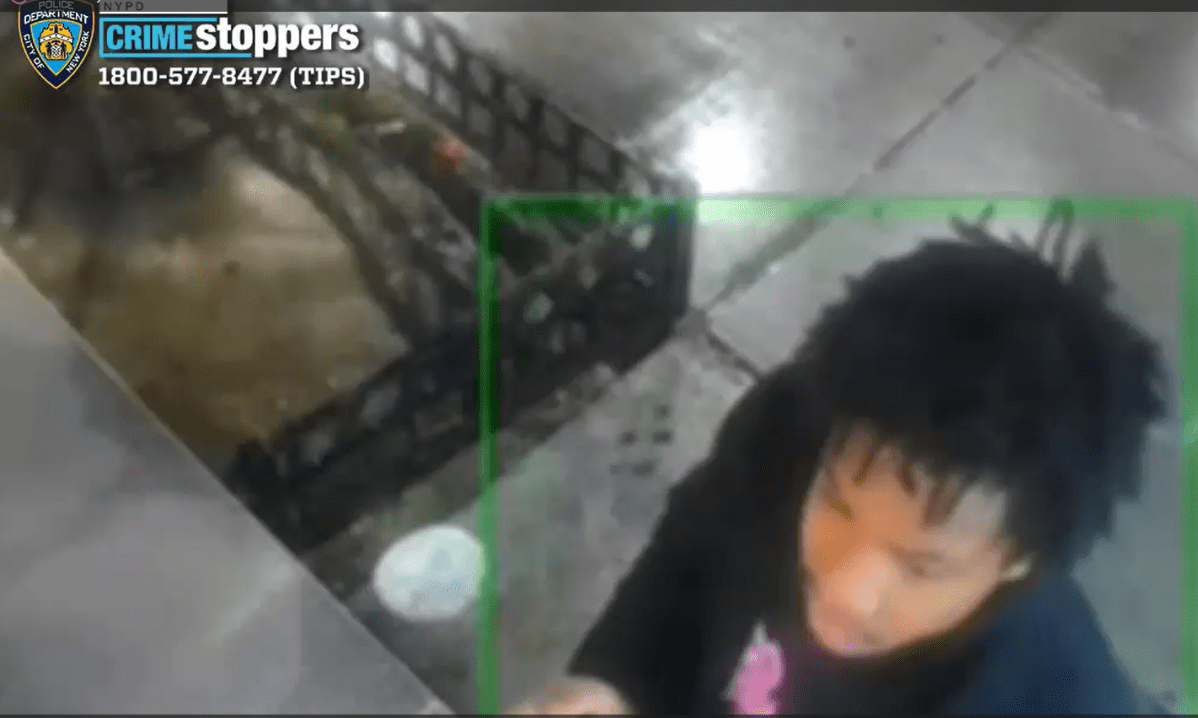By Brian McCormick
Uniting the human family, with a steady beat and lively feet
Community, spirit, hope, dignity, celebration. No, it’s not a political campaign; Ronald K. Brown and Evidence are back in town. The company’s 2008 season at The Joyce Theater includes two programs — an evening of popular repertory works, and the New York premiere of “One Shot.” The evening-length dance was inspired by the legendary African-American photographer Charles “Teenie” Harris, nicknamed “One Shot” for his ability to capture the essence of his subjects with in single take.
Unlike James Van Der Zee and Gordon Parks, Harris was a working-class photographer. His 40-year career with the Pittsburgh Courier, one of the largest and most influential Black newspapers in the country, began as the nation emerged from the Depression, and ended with the Civil Rights Movement. Harris took over 80,000 photographs, and in its breadth and rich documentation of the life and community spirit of Black urban America, the Teenie Harris collection surpasses that of any other African American photographer.
Harris licensed his collection to a local entrepreneur in 1986, and filed a lawsuit in ’98 for unpaid royalties and the collection’s return. He won the case posthumously. The Carnegie Museum of Art (CMOA) purchased the collection from the Harris family in 2001, and in 2005, created an online gallery, now featuring over 35,000 images.
While searching the collection, Brown said, “I kept seeing the idea of hope and young people. Teenie’s images inspired me to discover the story inside and behind the photos.”
“The museum,” Brown noted, “was incredible from the beginning. The lead curator led me through the oral history and told me the myths. Neal Barclay [President and CEO of the African American Cultural Center of Greater Pittsburg] also sent me books and postcards. At one point, I had all of these photographs lining a whole wall in our space in Brooklyn. I went to the curator’s office with a list originally of 200 pictures I wanted to use. Then they told me I needed to give them the [accession] numbers, which meant having to go through the collection again.”
During one visit to CMOA, the curator pulled out a photo album, “like a family would have,” remarked Brown, “and it contained pictures that captured all of these images at church — of the spirit, the congregation of baptism, of communion. He had two books of copied negatives, and he gave me one!”
Brown started structuring themes, and ideally, wanted to have an exhibit to travel with the performance. The curator said no to the choreographer’s request to use 100 photos, but he understood.
“Because of the history, I was always mindful of not abusing the work.”
In the end, he was able to use 32 images, which will be projected on stage during the dance. “Some places we’ll have the opportunity to exhibit them,” added Brown.
To create the work, Brown worked with students at colleges in San Diego and Minnesota, using his signature blend of text and movement. In California, students were asked to perform stories their grandparents told them, using music to help, and the others would have to guess the story. Here, Brown explained, many of the students were of mixed ethnicities including Japanese and Chinese.
As a result, the themes of the work transcend any one specific community, and reflect, instead, the human family.
“I did the same kind of thing with photography students at [College of] St. Benedict,” says Brown, “having them write three words for their photographs. Except here, I asked them what they were interested in.” Three of the students were from the Balkans, documenting life here and sending it back home. It was a cathartic experience for some of the students. “The image we often have of America,” Brown shared, “is very different from the truth; we have much more in common than our differences.”
The repertory program, showcasing the company’s signature blend of West African and urban social dance, begins with the reverent “Come Ye,” a tribute to the iconoclast of soul, Nina Simone, followed by “Truth Don Die,” which takes its title from the Femi Kuti song of the same name. Closing the program is the rousing “Upside Down,” which will be performed to live music by Afrobeat singer Wunmi.
The Evidence ensemble includes Brown, Shani Nwando Ikeriona Collins, Arcell Cabuag, Khetanya Henderson, Otis Donovan Herring, Tiffany Jackson, Juel Lane, Keon Thoulouis, and Clarice Young.
Brown is now in a two-year cycle in terms of making dances for his company, but that doesn’t mean we’ll have to wait that long to see what comes after “One Shot.” He’ll be getting his fourth shot making a piece for Alvin Ailey American Dance Theater in 2009. Because sometimes experience is better than change.




































